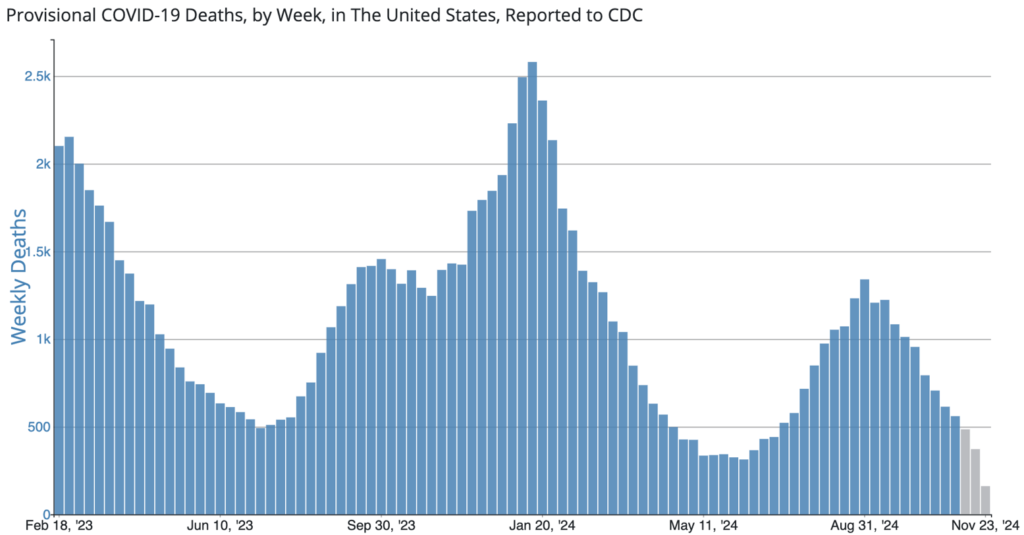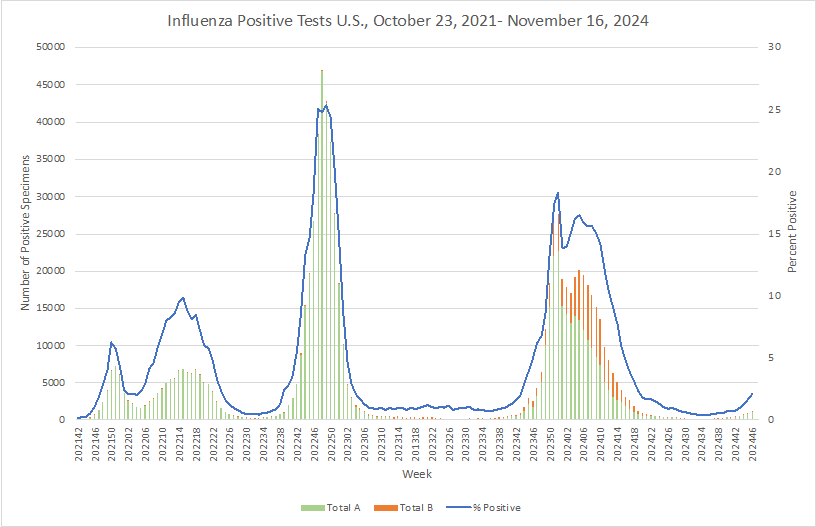It has been more than a century since “Typhoid Mary” Mallon was discovered to be a “healthy carrier” of Salmonella typhi, proven responsible for the contamination of at least 122 people, including five dead, throughout her life. While that century has brought knowledge and antibiotic treatment for the disease, the spread of typhoid fever by asymptomatic persons is still very real. It is so real, in fact, that an asymptomatic food handler in Canada was WGS linked to confirmed typhoid fever infections in at least seven people over a period of four years.
As stated in the Outbreak Report, the carrier and all cases lived in or near Ottawa with the carrier working as a food handler at various locations of a grocery store chain, including the implicated RTE counter. The typhoid was transmitted through food handling, shared workspaces, and friends and family. Once identified, the carrier was excluded from food handling until successfully treated and cleared.
Asymptomatic workers will always be a challenge in the food industry, with a number of diseases able to be transmitted by asymptomatic people (e.g., typhoid fever, COVID-19, tuberculosis, hepatitis, etc.). But there are actions a business can take to prevent transmission. For example, if your workers or customers are regularly becoming infected with a particular virus or disease, there could be a “resident” strain in your facility, potentially from a worker continually reinfecting others. While the feasibility of testing all your workers is questionable at best, considering common factors when a disease keeps recurring or an outbreak is prolonged, and providing as much information as possible in outbreak investigations can be critical in source determination and transmission reduction.
Additionally, while you won’t know if a worker is asymptomatically infected, you can – and with some diseases are required to – exclude symptomatic workers. Not only does it help to keep your workers and customers safer, it reduces the potential of others becoming asymptomatically infected and unknowingly spreading the disease. Other preventive actions that can be taken are:
- Getting and/or encouraging workers to be vaccinated before travel to areas where typhoid fever is common.
- Training/retraining workers on safe food handling practices and proper handwashing.
- Training/retraining workers on illness policies, which should include covering coughs and sneezes and staying home when ill.
- Considering paid sick leave for all workers, and/or complying with the many cities and states that have set sick leave requirements.
TAG has epidemiological experts on staff who can assist with your employee health policies and procedures. Give us a call!
COVID Risk Matrix:

Influenza:


Infectious Disease News:
- In the Ft. Worth, TX area, it is estimated that about one-third of elementary schools might not be able to prevent a measles outbreak if a child came to school while infected. There, the vaccination rate for kindergartners dropped to 84% in the 2023-24 school year.
- A measles outbreak in New Brunswick, Canada is set to push the annual case count to its highest level in five years in the country. 44 cases have been reported in this province with 80% of cases in people aged 19 and below. More than 100 total cases are reported across Canada.
- Norovirus cases in the UK in the past 2 weeks are at double the past 5-season average and were observed to be occurring earlier in the season than in recent years. Most of the isolates are genogroup 2 (GII).
- Overall, in Europe, the number of patients presenting to primary care and hospitals for respiratory illness remains at expected levels for this time of year. To date, there have been no confirmed cases of H5N1 infection in humans in the EU.
- Since 23 October 2024 and as of 25 November 2024, 28,953 new cholera cases and 257 new deaths, have been reported worldwide. New cases have been reported from Afghanistan, Bangladesh, Burundi, the Democratic Republic of the Congo, Ethiopia, Ghana, India, Iraq, Malawi, Myanmar, Nigeria, Pakistan, South Sudan, Sudan, Togo, the United Republic of Tanzania, and Zimbabwe.





